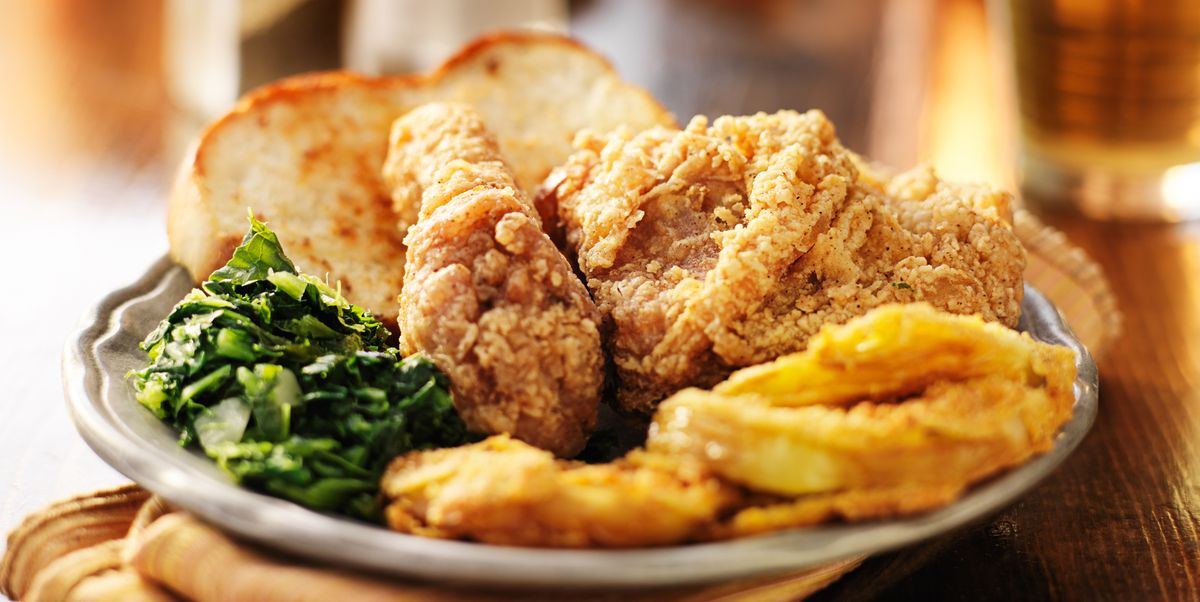
Trying to differentiate
soul food from Southern food shouldn’t be complicated. While not all Southern food is considered soul food, all soul food is definitely Southern.
Soul food is an ethnic cuisine traditionally prepared and eaten by African-Americans in the Southern United States. In the late 19th century, the Black Church became a gathering place for the Black community and impacted the development of what’s now considered soul food. Particularly in rural areas, foods like fried chicken, fried fish, sweet potato pie, red drinks, black-eyed peas and others were served during Emancipation celebrations and church gatherings. In the 20th century, more than six million Southern Black people decided to leave the South due to poor economic conditions and intense racial oppression. From 1916 to 1970, waves of people moved, a massive relocation now called “The Great Migration.” They brought their culinary traditions with them and preparing these foods helped build new communities and served as a reminder of home.
The expression “soul food” originated in the mid-1960s, when “soul” was a common word used to describe African-American culture. At its core, soul food is down-home cooking that’s been passed down through many generations, with its roots in the rural South. In 1962, poet and civil rights activist Amiri Baraka published his essay “Soul Food,” an argument against white critics claiming that there was no African American cuisine. That same year, Sylvia Woods opened her restaurant Sylvia’s in Harlem. Today, she is known as “the queen of Soul Food.”
The staples of soul food cooking are beans, greens, cornmeal (used in cornbread, hush puppies, johnnycakes, and as a coating for fried fish), and pork. Pork has been almost limitless in a number of uses in soul food, from seasoning vegetables and stews to dehydrating and pickling staples like pork rinds and pig feet and ears. (Of course, my smoked meat of choice is turkey—and I won’t cook chitterlings.)
During the Transatlantic Slave Trade, enslaved African people were given meager food rations that were low in quality and nutritional value. We shouldn’t have to take the brunt of a stigma that was brought to our front door. Did you know fried chicken came to America in the 1900s by Scottish immigrants? Black folks just spiced it up and paired it with our famous collard greens. Collard greens—one of the oldest members of the cabbage family—are also deep in our history and date back to prehistoric times. The ancient Greeks grew kale and collards, although they made no distinction between them. But we did! (Fun Fact: In 2011, collards became the official vegetable of South Carolina.)
I believe we have evolved, though, in the ways we use some products. Just think about it: In African-American culture, we eat Hoppin’ John, which is a combination of rice and black-eyed peas; in Latin American countries, such as the Dominican Republic and Cuba, they eat arroz congri—rice and black beans. There are many variations of macaroni and cheese, too, from a southern version with a custard added to the noodle mixture then baked to macaroni pie, which is prominent in Jamaican and West Indian countries. In French cuisine, béchamel sauce is added to noodles and topped with herbs and bread crumbs. All equally delicious in their own right, however each of them can stand on their own.
And I believe the definition of soul food has expanded and should also come from the heart. Growing up, I remember traveling to the South with my mother. We would always stop at local restaurants. One thing I remember distinctly was fried okra that we purchased at a gas station in the outskirts of Beaufort, SC, where my late aunt Ola-Mae lived. I always recalled eating stewed okra and tomatoes with rice, but I’d never had it fried in a popcorn chicken-like version. I thought to myself, this is weird, but then again it was native to the community and area I was in. Up north, our gas stations would serve hot dogs and slushies, which is so New York. But in the south they served fried okra and sometimes gator bites. From that very moment as a little girl it resonated with me that you could have one ingredient that can be prepared in many different ways from state to state.
When I entered my early-to-mid-teens and I started to travel the country, it was very important to my mother that I was able to explore the world and do things that she wasn’t necessarily able to do while growing up. My first trip was to London and Paris at the age of 16, my second international trip was to Greece and Italy. Throughout these educational tours, I made it my business to try all of the local cuisines and re-create them at home. Oftentimes, I found that what I thought was native to a country was a fusion of food that we ate back in the States. One vivid memory I have was in Athens, Greece, I ate at a Chinese restaurant and had gyro fried rice with a side of chicken wings. When I spoke with the restaurant owner, he told me that when curating their menus they had to be very conscientious of tourists and people that were in the surrounding communities but without detouring from his original heritage. From that very moment 21 years ago, I learned the value of food appropriation and representation.
It is equally important to mention the history when we curate dishes. While it’s great to go to ethnic markets, grab a whole bunch of ingredients, and throw them into a pot, you can’t call it or rename it a soup or stew without crediting where you got those ingredients from. For anyone to just add an ingredient thinking you’re making a dish, it’s important that you highlight the origins, feel and embrace the culture.
Food tells stories and sometimes the history makes you appreciate a certain cuisine a little more.
Happy cooking…and don’t forget to share a meal.
You can keep up with Chef Millie Peartree on her Instagram, @chefmilliepeartree. You can also see more of her work on our YouTube page.


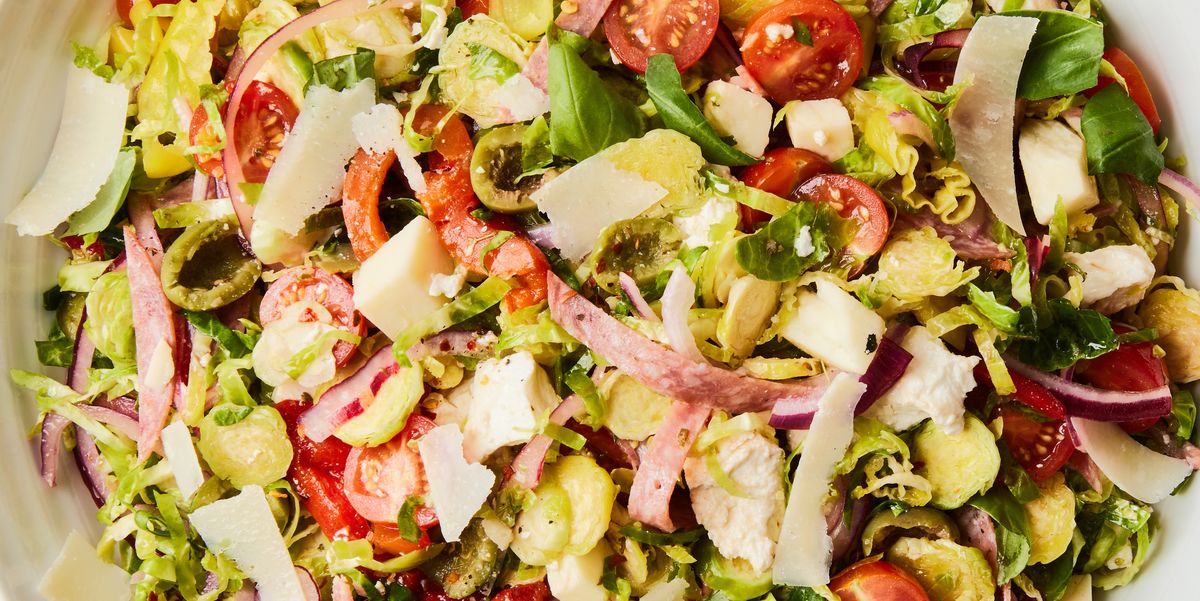
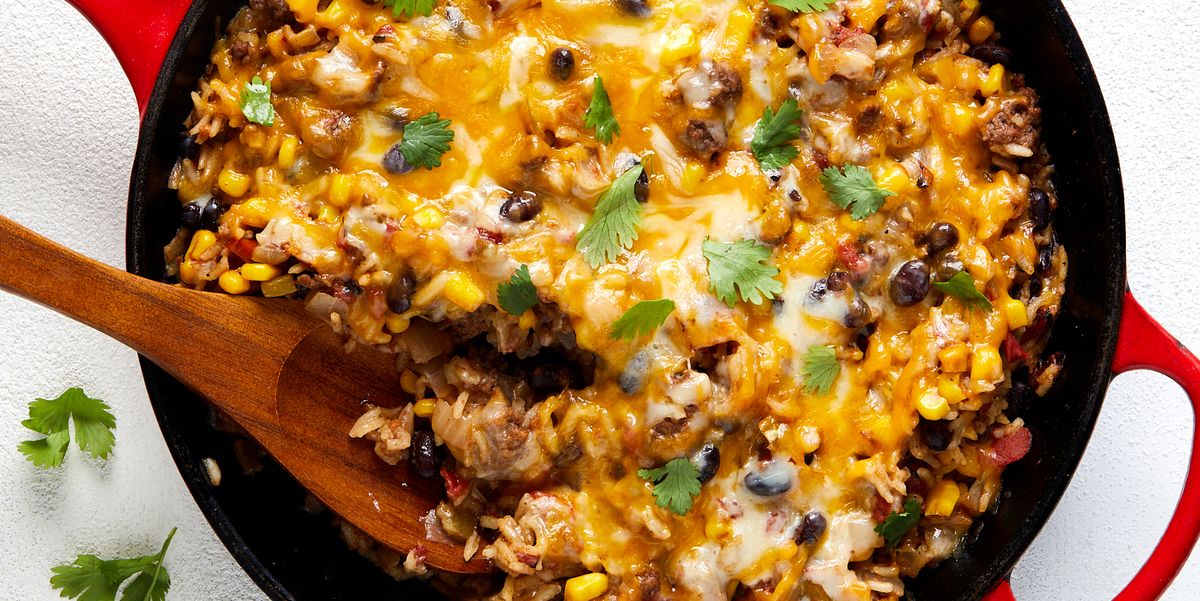
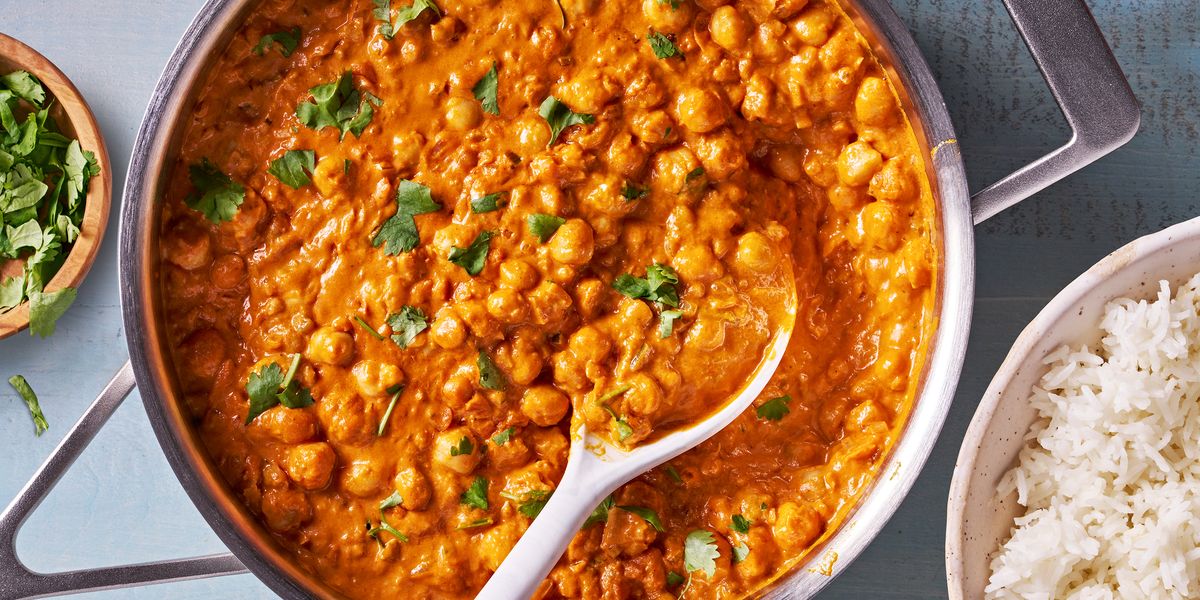







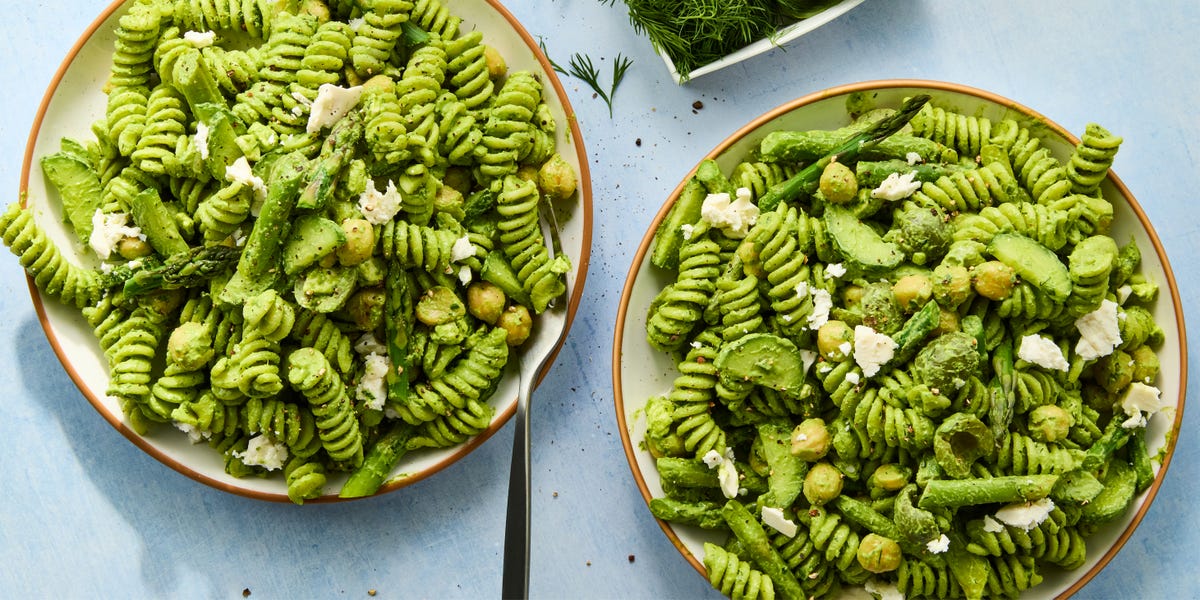


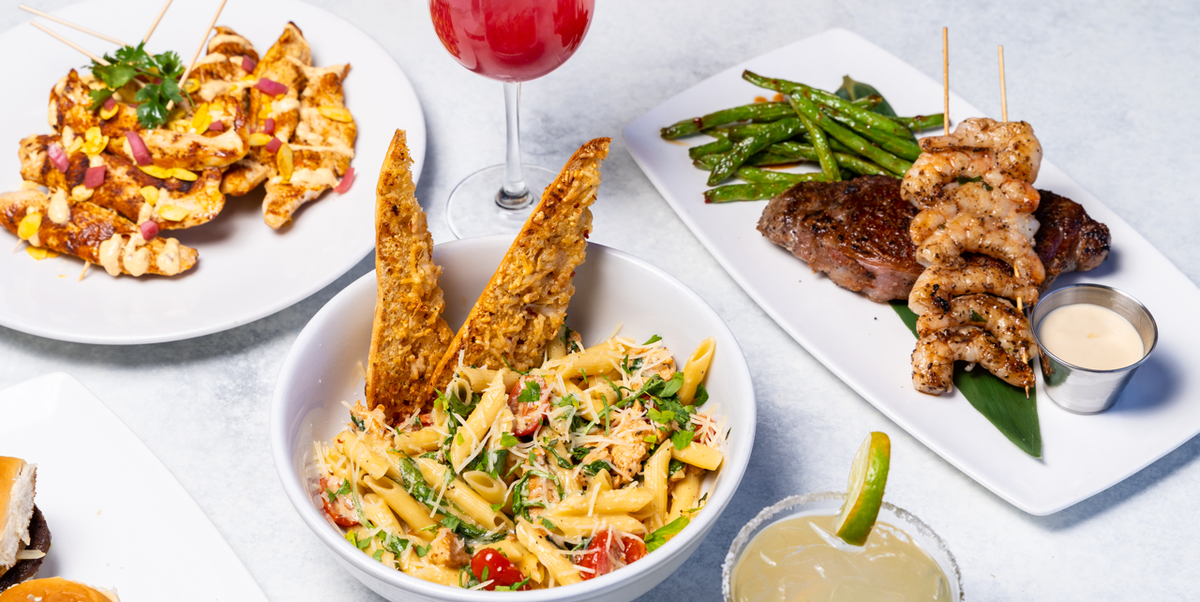


Leave a Reply